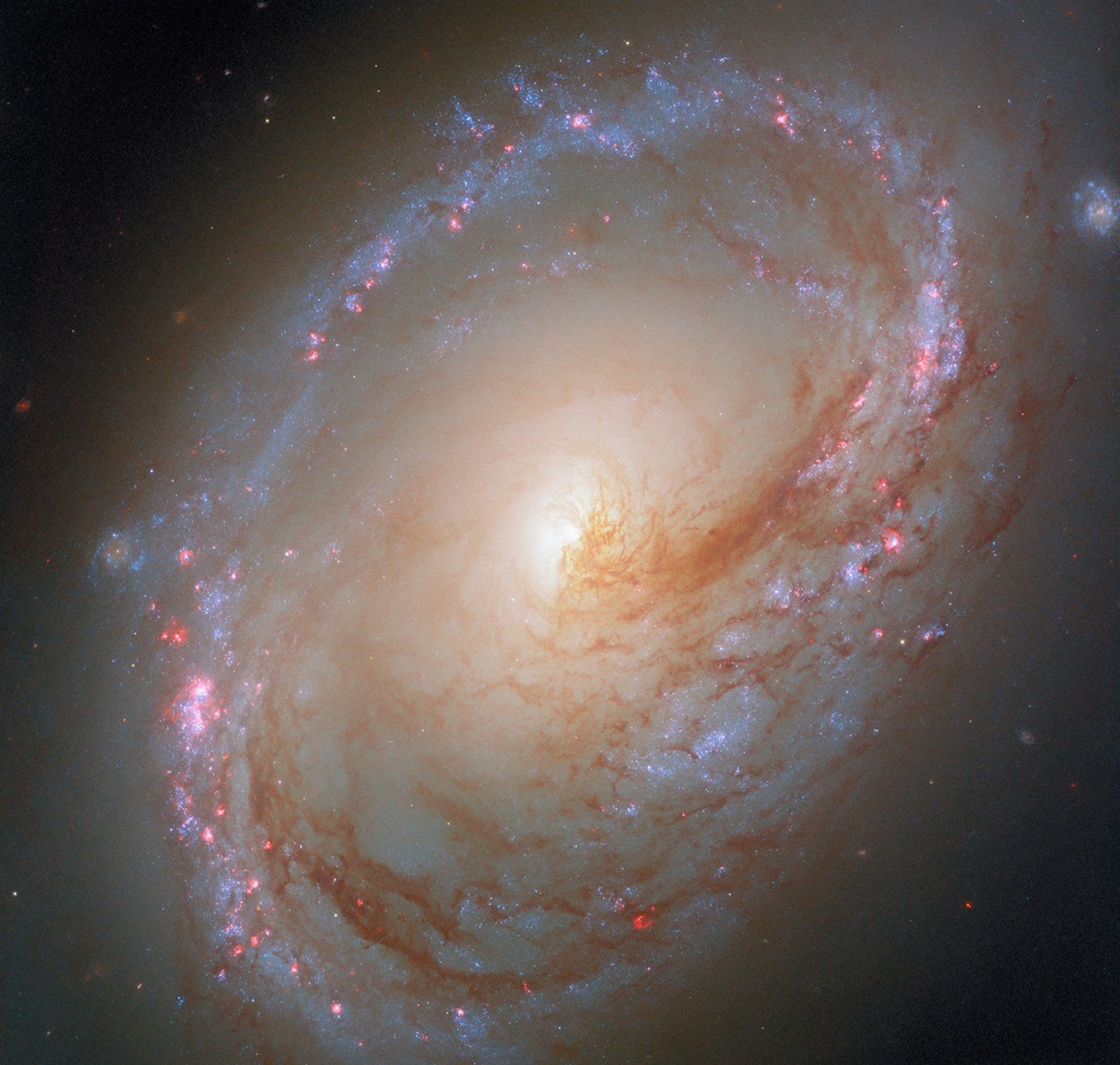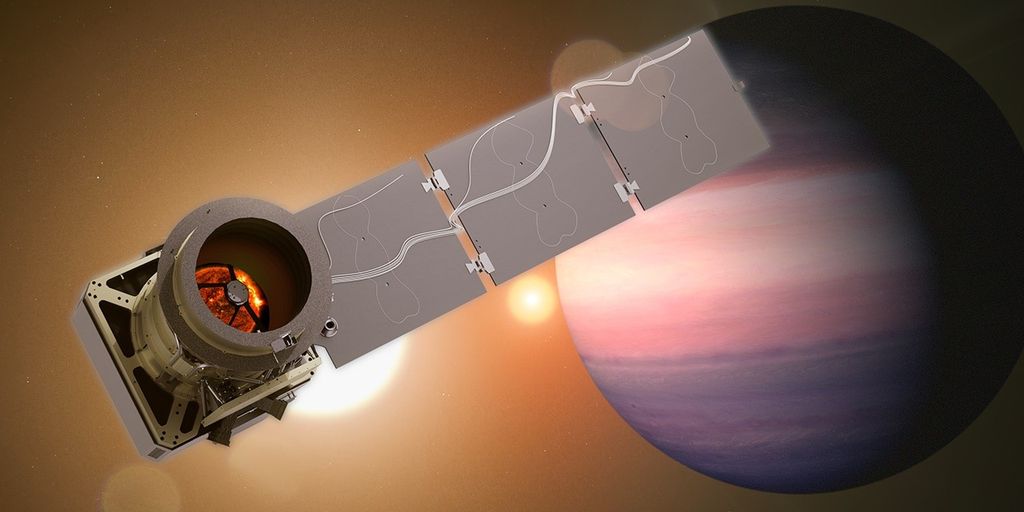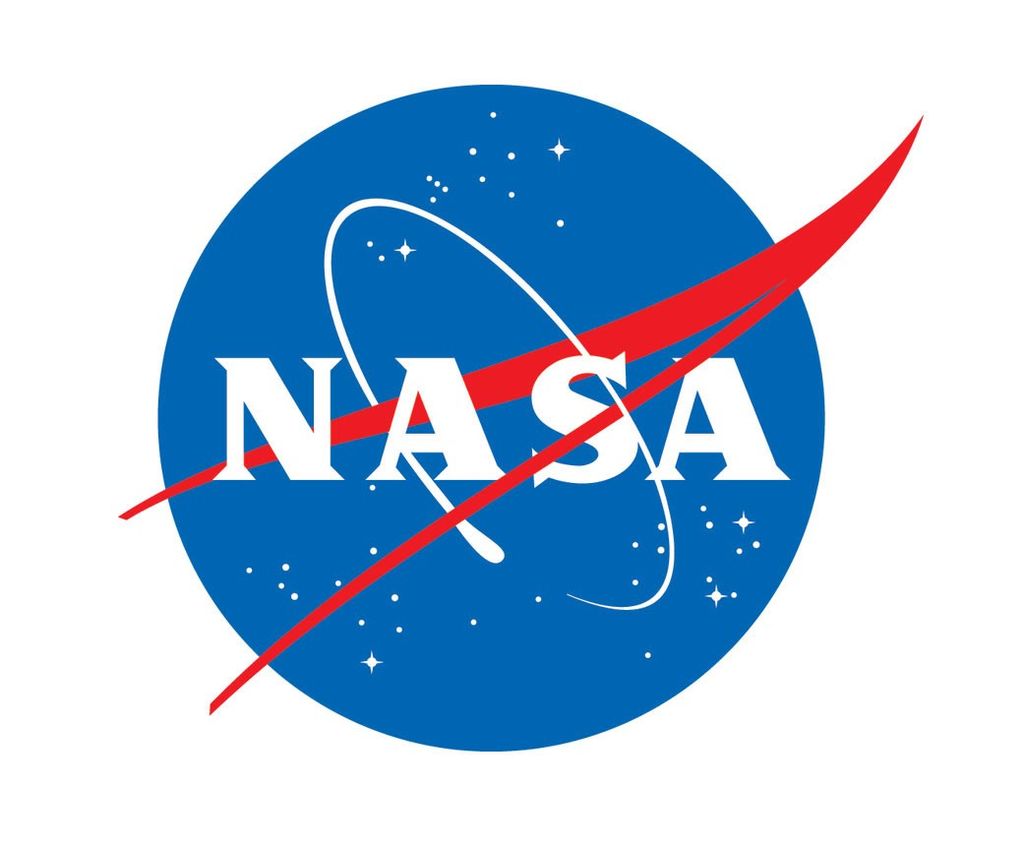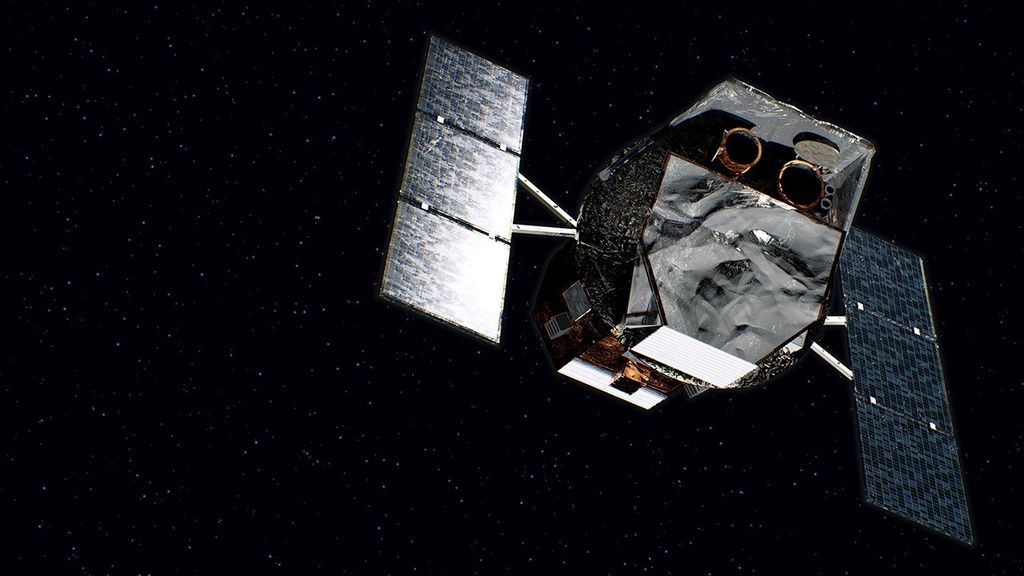Messier 96
This spiral galaxy is asymmetrical because of the gravitational pull of its neighboring galaxies.
Distance
35 million light-years
Apparent Magnitude
10.1
constellation
Leo
object type
Spiral Galaxy

Messier 96 is a spiral galaxy just over 35 million light-years away in the constellation of Leo (the Lion). It is about the same mass and size as our own Milky Way galaxy. It was first discovered by astronomer Pierre Méchain in 1781, and added to Charles Messier’s famous catalog of astronomical objects just four days later. The galaxy resembles a giant maelstrom of glowing gas, rippled with dark dust that swirls inwards toward the nucleus.
M96 is very asymmetric; its dust and gas is unevenly spread throughout its weak spiral arms, and its core is not exactly at the galactic center. Because it is gravitationally bound to nearby galaxies, M96 is considered a member of a galaxy group, named the M96 Group, which also includes the bright galaxies Messier 105 and Messier 95, as well as a number of smaller and fainter galaxies. It is the nearest group containing both bright spirals and a bright elliptical galaxy (M105). The asymmetrical arms of M96 are thought to have been influenced by the gravitational pull of nearby galaxies in the group.
The galaxy has an apparent magnitude of 10.1 and appears very dim in the sky. It can be observed using a medium-sized telescope most easily during April.

For more information about Hubble’s observation of M96, see:
- Hubble Homes in on Galaxy’s Star Formation (2025)
- Messier 96 (2018)
- A Galactic Maelstrom (2015)
Explore Hubble's Messier Catalog
The following pages contain some of Hubble’s best images of Messier objects.

Overview The Messier catalog, begun by astronomer Charles Messier in the 18th Century and revised over the years, includes some…

Better known as the Crab Nebula, Charles Messier originally mistook Messier 1 for Halley’s Comet, which inspired him to create…

Hubble's image of Messier 2 is comprised of visible and infrared wavelengths of light.

































